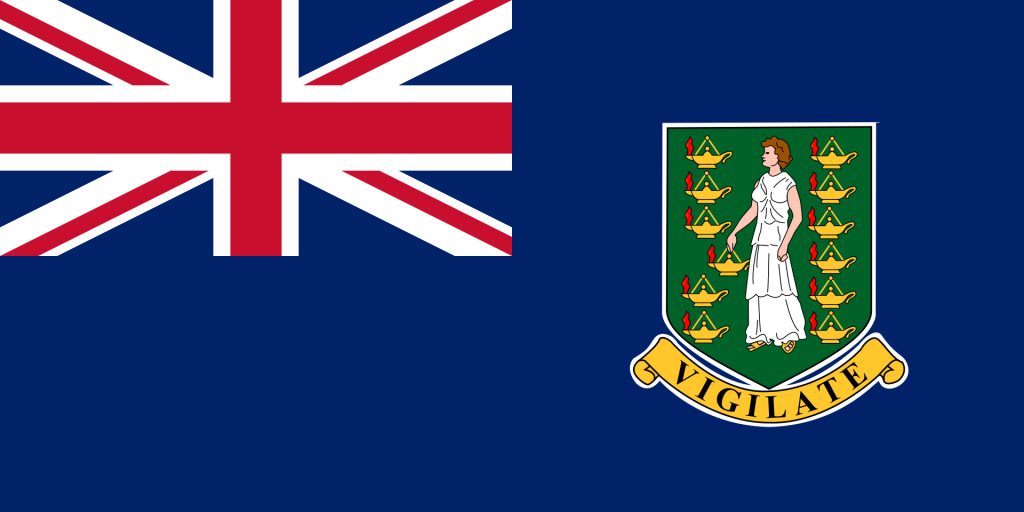British Virgin Islands

- Location: The British Virgin Islands (BVI) are located in the Caribbean Sea, to the east of Puerto Rico and the U.S. Virgin Islands, and north of the Leeward Islands chain.
- Size and Population: The British Virgin Islands consist of around 60 islands and cays, with a total land area of approximately 153 square kilometers (59 square miles). The population is estimated to be around 35,000 people.
- Capital: Road Town, located on the island of Tortola, is the capital and largest city of the British Virgin Islands. It serves as the administrative and economic center of the territory.
- Geography: The British Virgin Islands are known for their stunning natural beauty, including white sandy beaches, clear turquoise waters, and lush green hills. The islands are of volcanic origin and are characterized by rugged terrain and dramatic coastal cliffs.
- History: The British Virgin Islands were originally inhabited by the indigenous Arawak and Carib peoples before being colonized by the Europeans. The islands were settled by the British in the 17th century and later became a British colony. The British Virgin Islands remain a British Overseas Territory today.
- Government: The British Virgin Islands is a parliamentary democracy with a constitutional monarchy, meaning that Queen Elizabeth II is the head of state, represented by a governor appointed by the British government. The premier is the head of government.
- Economy: The economy of the British Virgin Islands is largely based on tourism, financial services, and offshore banking. The islands are known for their luxury resorts, sailing destinations, and tax haven status, attracting visitors and investors from around the world.
- Culture: The culture of the British Virgin Islands is influenced by African, British, and Caribbean traditions. Music, dance, and festivals such as the BVI Emancipation Festival are important aspects of BVI culture.
- Language: English is the official language of the British Virgin Islands and is widely spoken throughout the territory.
- Natural Disasters: Like many Caribbean islands, the British Virgin Islands are susceptible to hurricanes and tropical storms, particularly during the Atlantic hurricane season, which runs from June to November. The islands have experienced significant damage from hurricanes in the past, including Hurricane Irma in 2017.
- These facts provide an overview of the British Virgin Islands’ geography, history, government, economy, culture, and natural vulnerabilities.
